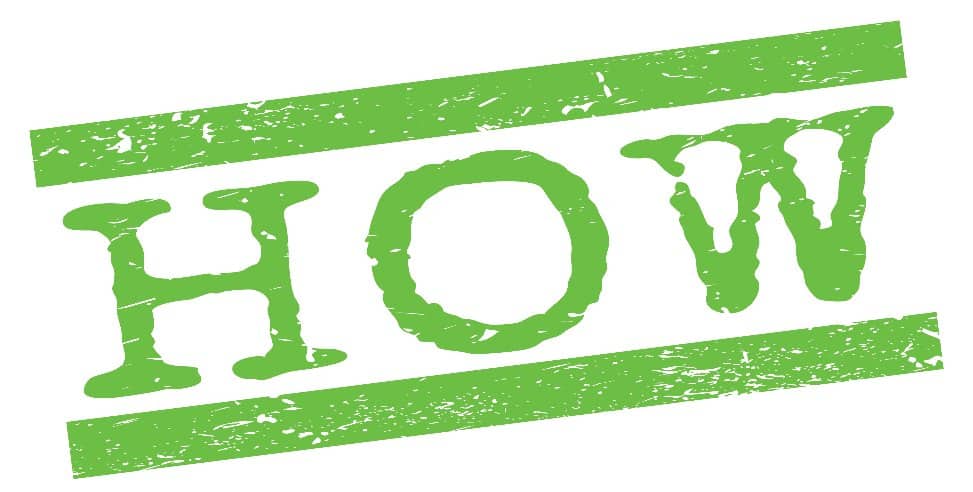How to Tell If Your Lawn Gets Too Much Water
One of the big mistakes that new homeowners make in their lawn maintenance routine is over-watering their grass.

The answer to the question “How to make grass green?” is not excessive irrigation, because grass – as a living organism – also needs oxygen from the air to grow, and by oversaturating its roots with water, a;; you do is preventing the roots from getting the oxygen they need.
Excessive watering can often create long-term problems for the lawn, not to mention the high water consumption that will be reflected by the bills you have to pay.
What is the solution?
Don’t let the soil dry out, and make sure there’s water at all times. However, so not exaggerate with irrigation; water that accumulates in puddles will lead to rotting of the seeds, respectively, of the roots. It is also a problem if the lawn is not irrigated on a regular basis and alternately deals with drought and high quantities of water. This will prevent it from germinating properly, so make sure that irrigation is done on a regular schedule, while taking into account climatic factors (more frequent irrigation in a hot environment, rarer if it rains) and the soil in which it is sown. Impermeable clay soils should not be watered that often, compared to sandy soils. Applying organic products from Revive can greatly reduce the amount of water that is needed to have a flourishing green lawn.
The post How to Tell If Your Lawn Gets Too Much Water appeared first on Revive Lawn Care Products.
Comments
Post a Comment